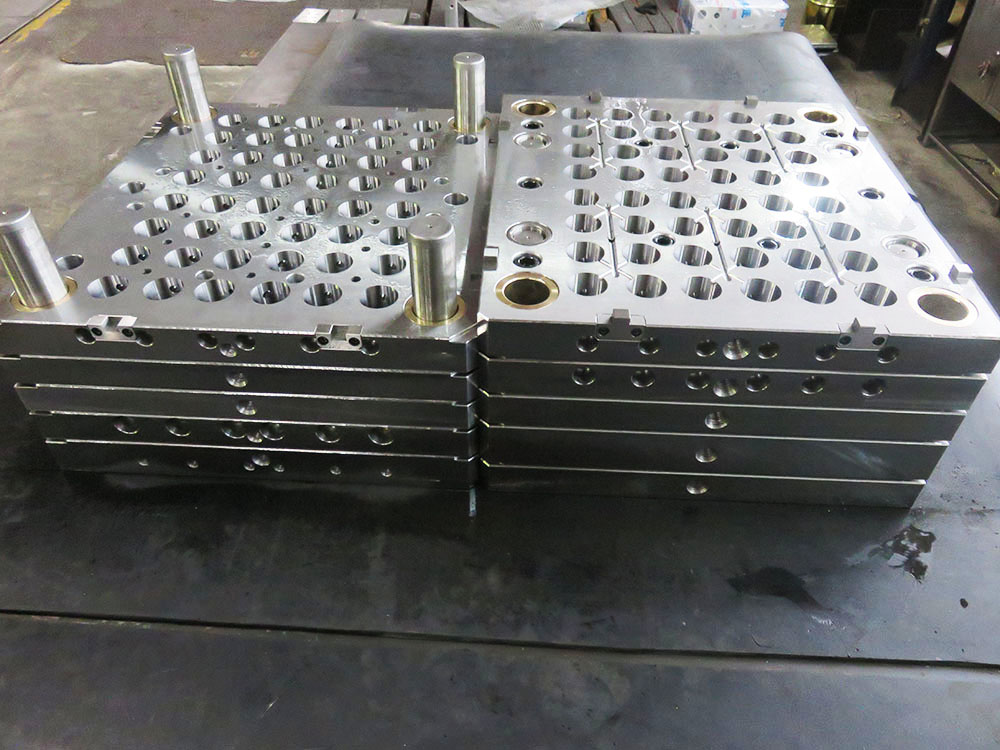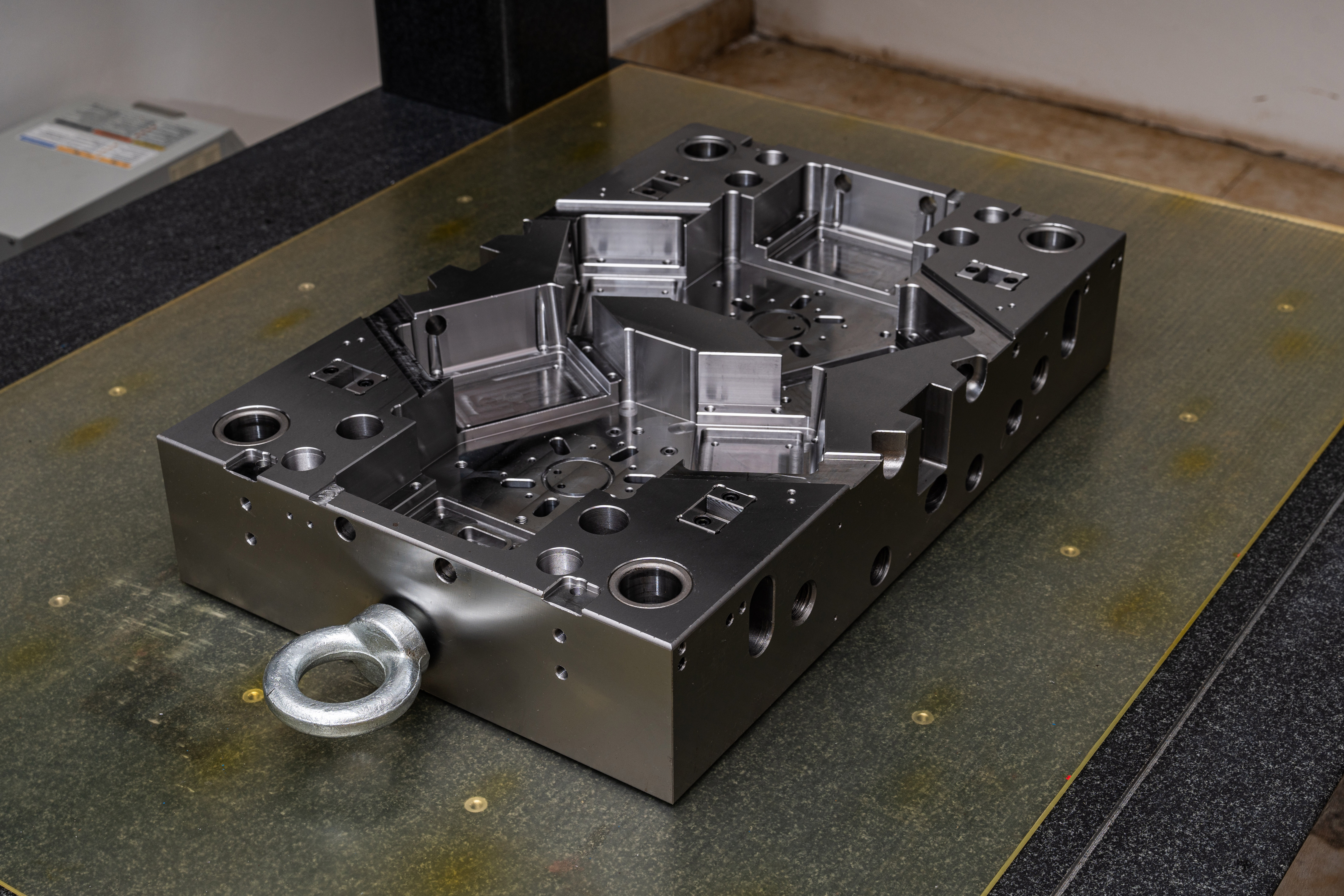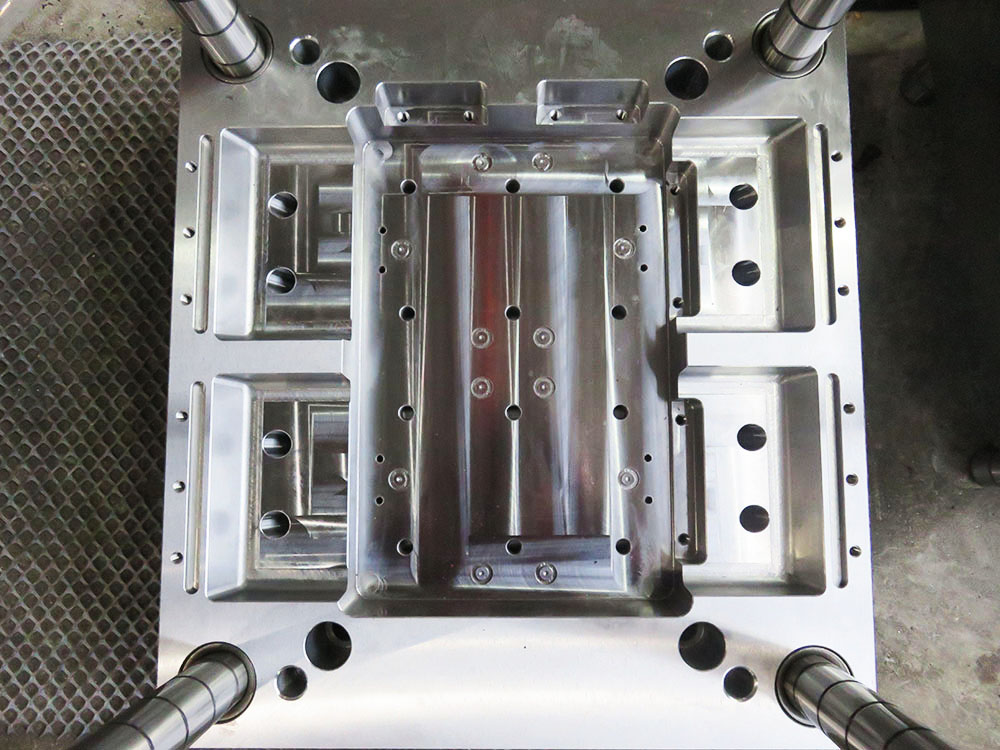How to Effectively Interpret and Understand Architectural Specifications and Blueprints in the Mold Base Industry
Interpreting and understanding architectural specifications and blueprints is crucial in the mold base industry. As an integral part of the manufacturing process, it is vital to possess the knowledge and skills to accurately interpret these technical documents. In this article, we will explore some effective strategies for interpreting and understanding architectural specifications and blueprints in the mold base industry.
1. Familiarize Yourself with Architectural Symbols and Abbreviations
One of the first steps in effectively interpreting architectural specifications and blueprints is to familiarize yourself with the commonly used symbols and abbreviations. These symbols and abbreviations are used to convey important information about dimensions, materials, finishes, and other specifications. By studying and understanding these symbols and abbreviations, you will be able to decipher the information presented in the blueprints.
Some common architectural symbols and abbreviations used in the mold base industry include: - D – Diameter - R – Radius - H – Height - L – Length - T – Thickness - A – Angle - PMI – Pre-machining Inspection - EDM – Electrical Discharge Machining - CNC – Computer Numerical Control - GD&T – Geometric Dimensioning and Tolerancing
Familiarizing yourself with these symbols and abbreviations will improve your ability to interpret architectural specifications and blueprints accurately.
2. Study the Layout and Organization of the Blueprint
Blueprints are typically divided into sections, each representing a different aspect of the mold base design. It is essential to study the layout and organization of the blueprint to understand how different elements relate to each other. Start by examining the title block, which provides important information such as the designer's name, date, and scale.
Next, carefully review the overall layout and identify the different sections, including the front, top, and side views. Pay close attention to the dimensions and annotations provided in each view, as they serve as crucial guidelines for mold base construction.
Additionally, study the key or legend section, which explains the symbols and abbreviations used throughout the blueprint. Understanding these symbols and abbreviations will enable you to accurately interpret the information presented.
3. Utilize 3D Modeling Software
Incorporating 3D modeling software into the interpretation process can greatly enhance your understanding of architectural specifications and blueprints. This software allows you to visualize the mold base design in a three-dimensional format, making it easier to comprehend complex details.
By importing the blueprint into the 3D modeling software, you can manipulate and examine different views of the mold base. This functionality enables you to better understand the spatial relationships between various components and visualize how they fit together.
Additionally, 3D modeling software often provides measurement tools that allow you to take accurate dimensions and verify the design's compliance with the specifications.
4. Collaborate and Communicate with Relevant Professionals
Interpreting architectural specifications and blueprints is not a solitary task. It requires collaboration and effective communication with other professionals involved in the process. Regularly engage in discussions with designers, engineers, and other experts to clarify any ambiguities and seek their guidance when needed. By exchanging ideas and knowledge, you can gain valuable insights and develop a comprehensive understanding of the specifications and blueprints.
Furthermore, attending industry workshops, conferences, and seminars can provide opportunities to learn from industry leaders and gain a deeper understanding of the latest techniques and trends in mold base interpretation.
5. Continuous Learning and Improvement
Interpreting architectural specifications and blueprints is a skill that can be honed over time. It is crucial to cultivate a mindset of continuous learning and improvement. Stay updated with the latest industry standards, advancements in design software, and emerging trends in the mold base industry.
Investing in professional development courses and certifications can help broaden your knowledge and improve your interpretation skills. Take advantage of online resources, books, and technical manuals to expand your understanding of architectural specifications and blueprints.
Conclusion
Effectively interpreting and understanding architectural specifications and blueprints is essential in the mold base industry. By familiarizing yourself with symbols and abbreviations, studying the blueprint layout, utilizing 3D modeling software, collaborating with professionals, and continuously learning and improving, you can develop the expertise needed to accurately interpret these technical documents. By doing so, you will enhance the efficiency and quality of the mold base manufacturing process.




